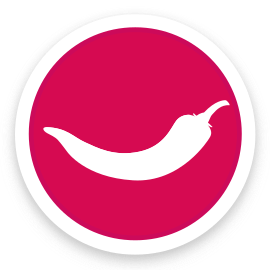Note publique d'information : Cette thèse est consacrée à l’étude expérimentale d’un jet en interaction avec un
écoulement transverse de paroi (Jet In Cross-Flow, JICF). L’écoulement est monophasique
et isotherme. Le ratio des vitesses (VR) de jet et d’écoulement est bas, et le jet
est affleurant à la paroi, avec des géométries d’injection diverses : circulaires,
elliptiques, rectangulaires, et chevrons. Cette étude a été réalisée en canal hydraulique
à l’aide d’une méthode de vélocimétrie volumique optique (V3V) qui permet la mesure
instantanée des 3 composantes du champ de vitesses, et l’ensemble du processus expérimental
a été optimisé. La physique du JICF est analysée à l’aide des champs moyen et instantané,
de statistiques et du suivi spatial de structure tourbillonnaire cohérentes. L’influence
du VR sur la topologie d’écoulement est étudiée, et met en évidence l’existence d’une
transition de soufflage à très bas ratios de vitesse. Nous étudions en détail les
trajectoires et l’évolution des intensités tourbillonnaires des vortex composant le
JICF, et un nouveau scaling de trajectoire est proposé. Les outils développés pour
l’analyse du JICF rond ont été appliqués aux JICF non circulaires. La géométrie d’injection
chevron conserve à la fois une intensité tourbillonnaire élevée et une trajectoire
basse de jet, maximisant ainsi l’effet sur la couche limite. L’ensemble de ces résultats
permettent une meilleure connaissance des jets transverses à bas VR, et seront très
utiles pour la conception d’expériences de contrôle d’écoulement, en apportant des
critères quantitatifs pour choisir les bons paramètres physiques et géométriques définissant
les générateurs de vortex fluidiques
Note publique d'information : This thesis is dedicated to the experimental study of a Jet In Cross-Flow (JICF).
The flow is monophasic and isothermal. The velocity ratio (VR) between jet and cross-flow
velocities is low (0.15<VR<3), and the jet exit is flush at the wall. Diverse jet
geometries are considered : circular, elliptic, rectangular, and winglet. This study
was realized in hydraulic channel using a new optical velocimetry method (V3V) which
provides accurate measurements of the 3 components of the instantaneous velocity field.
The whole experimental process was optimized. The physics of the JICF is investigated
by means of the average and instantaneous fields, through their statistics and using
a spatial follow-up of the main vortical structures. The influence of the VR on the
flow topology is analyzed, and highlights the existence of a blowing transition at
very low velocity ratio. We analyze in detail the trajectories swirling intensities
of the main vertical structures, and a new scaling of trajectories, taking into account
the boundary layer, is proposed. These results facilitate the interpretation of the
elliptic and rectangular, straight and skewed JICF physics. The study of the half-winglet
geometry allowed for an analysis of the winglet configuration, and a better comprehension
of their effects on the boundary layer. All these results allows for a better understanding
of the jet in cross-flow physic at low velocity ratios. They should also be useful
flow control experiments, by providing quantitative criteria to choose the relevant
physical and geometrical parameters for vortex generators design

 paprika.idref.fr
paprika.idref.fr
 data.idref.fr
data.idref.fr
 Documentation
Documentation

 paprika.idref.fr
paprika.idref.fr
 data.idref.fr
data.idref.fr
 Documentation
Documentation
